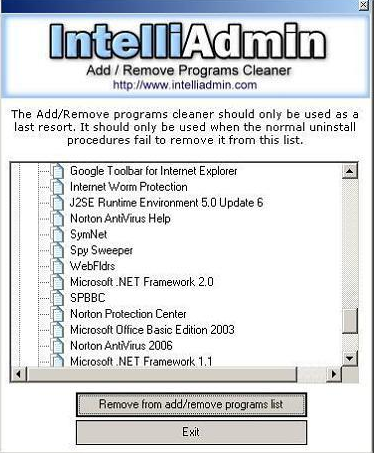Due to the security features built into Windows XP, it is virtually impossible to get back into the system without the password.
You have several options to try and get around this problem.
If you have access to another user account with administrator rights, you can use that account to change the password of the account that is locked out. You can also use the default Administrator account that is built into Windows XP.
First you need to boot the system into Safe Mode.
Note: For Home the Administrator account isn’t normally shown & in Safe Mode you have to press Ctrl+Alt+Delete keys twice to show. For PRO you can do this in normal mode
When the system has booted to the desktop, use the following steps to change the accounts password.
If the above information does not help in recovering the password, the only option left is to format the hard drive then reinstall Windows and the system software
You have several options to try and get around this problem.
If you have access to another user account with administrator rights, you can use that account to change the password of the account that is locked out. You can also use the default Administrator account that is built into Windows XP.
First you need to boot the system into Safe Mode.
- Restart your system.
- When you see the blue screen, press the ( F8 ) key about 3 times a second.
- You should get the Windows startup menu. Use the (Up or Down) arrow keys to highlight (SafeMode).
- Press (Enter) on (Safe Mode), then press (Enter) on (Windows XP).
- The system should boot to Safe Mode.
Note: For Home the Administrator account isn’t normally shown & in Safe Mode you have to press Ctrl+Alt+Delete keys twice to show. For PRO you can do this in normal mode
When the system has booted to the desktop, use the following steps to change the accounts password.
- Click Start, Control Panel, Administrative Tools.
- Click Computer Management.
- Double click Local Users and Groups, double click the folder Users.
- Right click on the account name that is locked out, and click on Set Password.
- You may get a warning message about changing the password, simply click proceed.
- Leave the New Password box blank, also leave the Confirm Password box blank.
- Click OK, and OK again.
- Then close all Windows, reboot the system and try to log in.
If the above information does not help in recovering the password, the only option left is to format the hard drive then reinstall Windows and the system software


